The role of lighting, in the design phase of an environment, is essential in every interior design project. Find out why and all the elements to consider.
The objective of interior design is to create comfortable and functional environments with a strong focus on style and design. They must be able to clearly express the client's tastes and personality.
Interior design requires a careful analysis of the context and customer needs, the creation of a concept design, and the choice of materials, colors, and furnishings. Everything must be coherent and in harmony with the location’s mood.
From this point of view, the role of lighting in the design will be crucial to create the right atmosphere and make an immediate style statement.
The aim of this article is to provide useful advice and tips for creating a successful interior designer project, with a focus on the importance of light and how to make the most of it.
In particular, we will take a look at:
- The role of lighting: the factors to consider
- Best practices for lighting design
- The role of lighting in design: why is it important?
- What is the role of lighting in an environment?
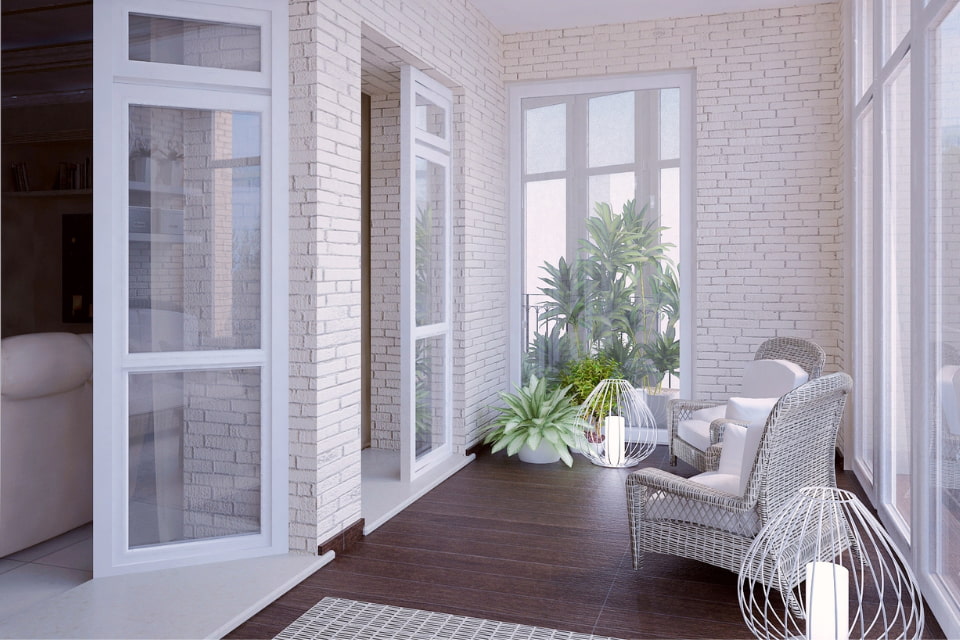
Cell
The role of lighting: the factors to consider
The role of lighting in an environment becomes evident as soon as you cross the threshold of a room. In fact, what instantly catches one's eye (positively or negatively) and involves the viewer is precisely the light.
This is because light represents the indicator par excellence of a location's mood and its ability to make you feel welcome.
Furthermore, lights influence emotions and moods and modify our perception of spaces and the atmosphere that reigns there. For this reason, nowadays, private individuals, accommodation facilities, and retailers invest in lighting design projects.
Before going into the merits of why the role of lighting is so important, let's take a look at an overview of the main elements to consider in an interior design project.
- Context analysis: consists of examining the characteristics of the environment in the project;
- Wishes and needs of the customer: it is necessary to understand the client's lifestyle, their preferences in terms of design and colors, the functional needs of the environment, as well as the budget available;
- Concept: identify the common thread that will give coherence to everything and that will define the overall mood;
- The choice of materials and colors: another fundamental element of the interior design project.
In each of these phases, the lighting design project will have to proceed hand in hand with the general one given the role of lighting in the design of an environment and the ability to create the right atmosphere through adequate light.
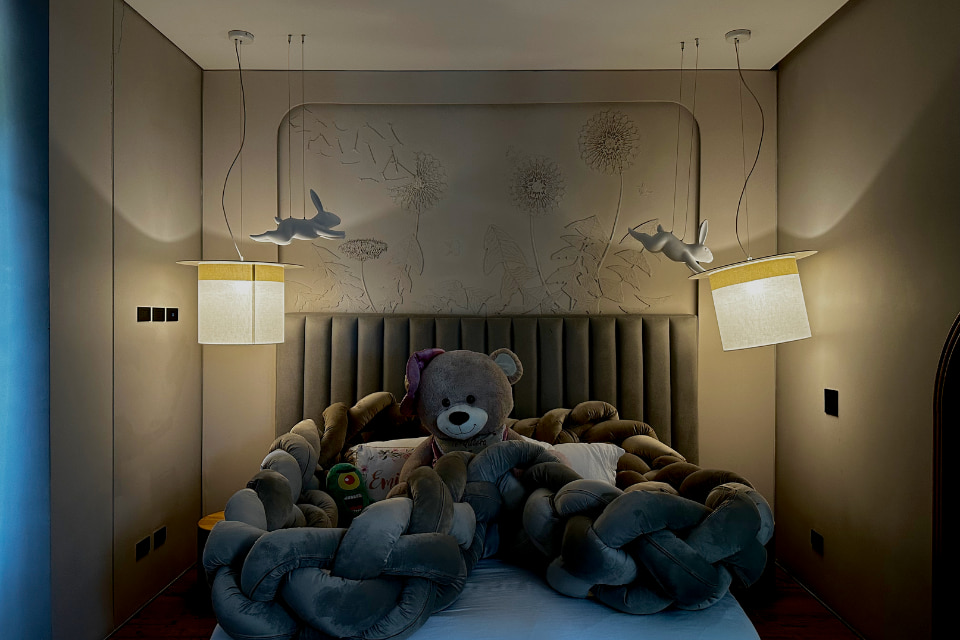
Wow!
Best practices for lighting design
The objective of a lighting design project should be the one that finds the perfect balance between decorative and technical lighting.
Lighting, in the design, takes on the role of combining aesthetics and functionality. That’s why you should identify solutions capable of furnishing and giving a unique and recognizable style that also guarantee the right visual comfort and light necessary to carry out the activities for which it is intended.
To make all this possible, some best practices need to be put in place, which will prove essential to guarantee an optimal result. Let's discover together the best advice to follow before starting the lighting design process within an environment!
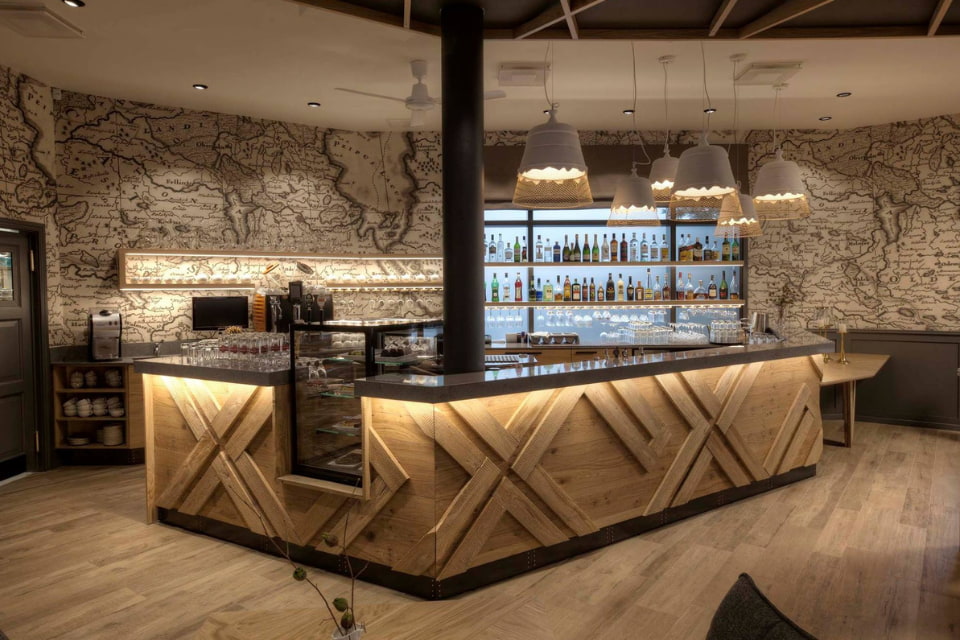
Domenica
Calculate how many lumens are needed
Calculating how many lumens you need to illuminate a room is an essential step to ensure that the lighting is suitable for the type of environment. It must not be too dim (and therefore insufficient to adequately carry out the necessary activities or in any case unwelcoming), nor too intense (such as to disturb the view).
To calculate how many lumens are needed for a given environment, it is necessary to multiply the intensity of the light (called lux) by the square meters of the room.
As regards lux, it is necessary to know that each room, based on its specific function, has its reference values which can be approximately quantified as:
- 350 lux for the kitchen (as it is an area of the house that requires excellent visibility);
- 200 lux for the living area (which requires, however, a more intimate and relaxing atmosphere);
- 100-150 for the bedroom;
- 150 lux for the general lighting of the bathroom and 400 lux for the mirror (which requires clear and accurate light);
- 150 lux for stairs and hallways.
As we said, these are indicative values which will then need to be calibrated based on the role of lighting in the design of the specific environment covered by the project and the mood you intend to set.
Provide multiple lighting levels
Interior lighting professionals agree on a very specific fact: to correctly illuminate an environment, ensuring good visibility and creating fascinating scenographic effects, it is essential to create a stratified lighting project.
During planning, therefore, it is necessary to foresee the 3 main lighting levels: ambient lighting, task lighting, and accent lighting.
The combination of these three levels of lighting allows you to not only satisfy the functional needs of the environment, but also create an engaging and aesthetically pleasing visual experience.
Therefore, when planning the lighting of an environment, it is essential to keep this stratification in mind to try to achieve the best balance between functionality and aesthetics.
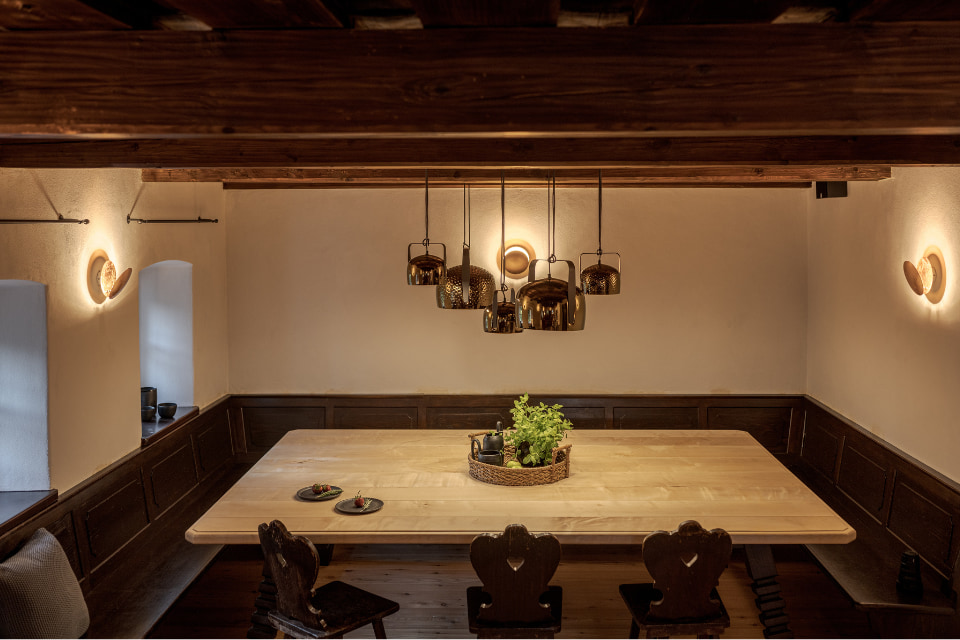
Bag
Ambient lighting
Ambient lighting refers to general lighting whose objective is to provide the entire environment with clear and well-distributed light.
The role of ambient lighting is to radiate a comfortable level of brightness without glare and allow you to move around freely and safely.
Generally, the types of lamps most suitable for performing this function are suspension lamps, ceiling lights, and chandeliers placed in the center of the ceiling. They must be able to create harmony, in terms of shapes and materials, with the overall style.
This level of light creates the basis on which the other two levels develop, helping to ensure good visibility throughout the room.
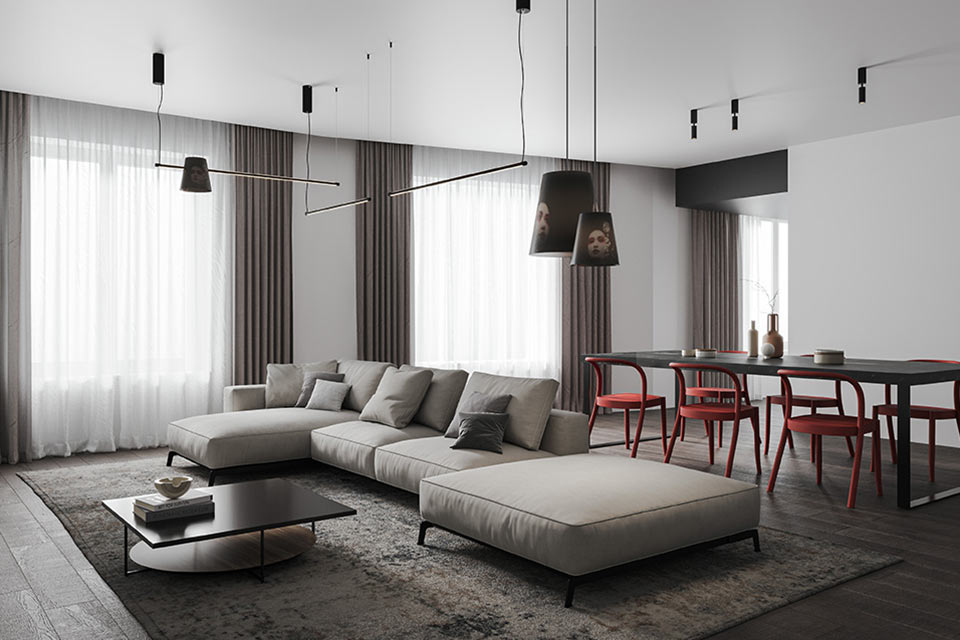
Cupido
Task lighting
Providing the right level of task lighting is essential, both in domestic environments and in clubs, hotels, and shops.
This type of lighting is aimed at guaranteeing the light necessary to carry out specific activities. An example of task light is what is needed to illuminate the hob in the kitchen.
Task lighting should be free of reflections and shadows, and bright enough to provide the right visibility to prevent eye strain. At the same time, it must not be too strong to disturb your vision.
This level of lighting can be achieved by using suspension lamps positioned above the specific location but also through wall lamps, table-top lamps, or floor-standing lamps, depending on the role of lighting in the project and the environment in question.
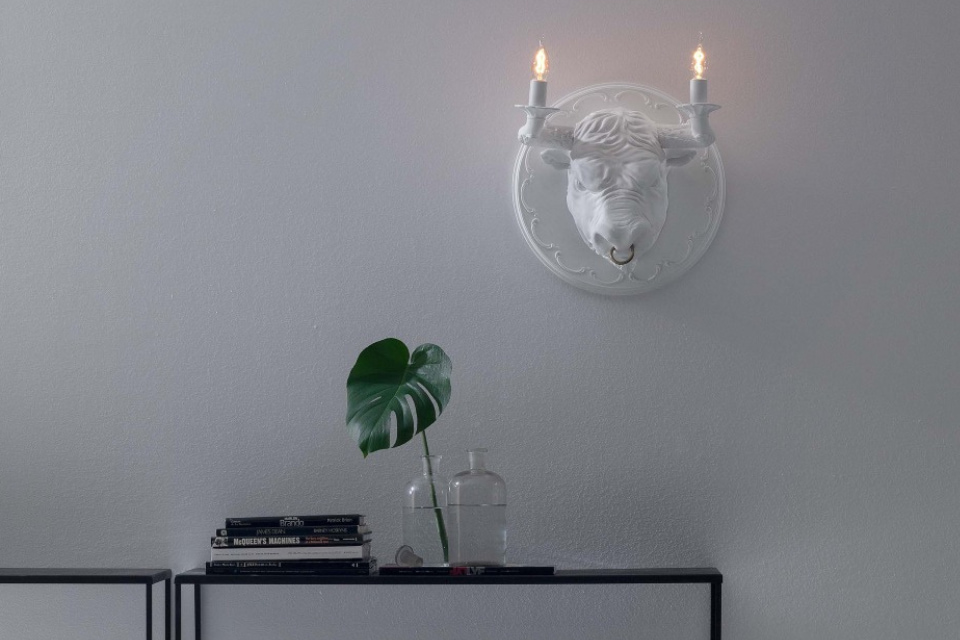
Corrado
Accent lighting
Often wrongly overlooked, accent lighting adds depth and drama, creating immediate visual interest.
This third level is dedicated to highlighting specific elements in the environment, such as works of art, decorative objects, architectural objects, or some other particular detail.
To be effective, accent lighting requires at least three times more light at the focal point compared to the general lighting that surrounds it.
To introduce this level of lighting, you can use wall lights, directional spotlights, or table or wall lamps, depending on what you want to emphasize and how you intend to do it.
These lights are often specifically directed towards the item you want to highlight, creating a contrast between the illuminated area and the surrounding background. This visual contrast can make objects or features of the environment more interesting and evocative.
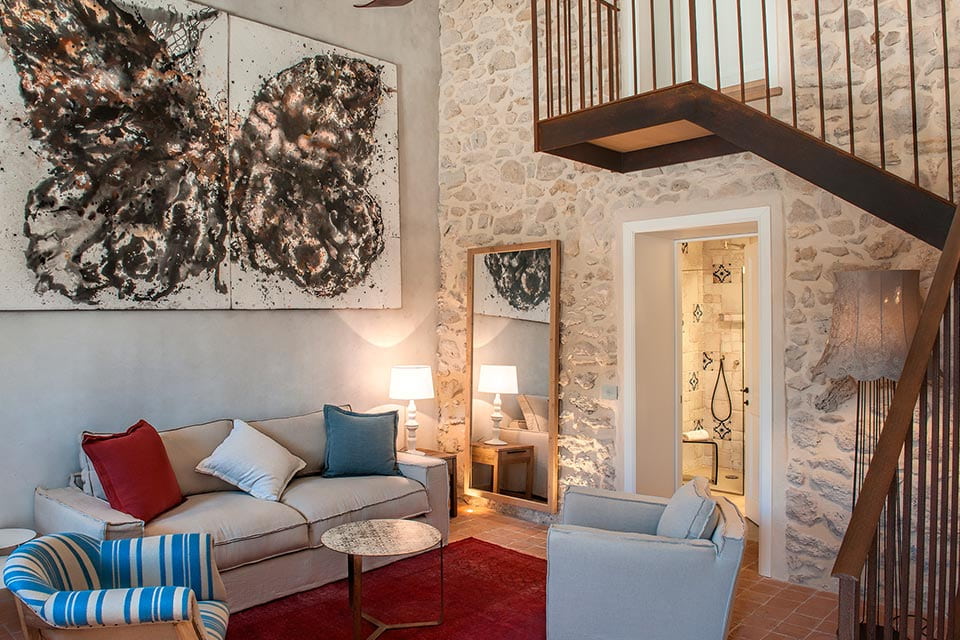
Alì e Babà
Match the lighting with the furnishing style
The lighting design must be consistent with the overall concept. So, it is fundamental to create a clear project with an unequivocal personality by matching the lighting with the furnishing style.
By combining the lights with the furnishings, an aesthetic coherence is created that makes the environment more harmonious and pleasing to the eye. Lamps and lights must be considered an integral part of the overall decor.
Furthermore, in this way, a visual harmony would be created that is pleasant for the eyes and makes people feel comfortable in the environment. When design elements, including lights, blend well together, the entire space appears more inviting.
Making mistakes in choosing decorative lamps could compromise the success of the project, making an environment too flat or, on the contrary, creating an unpleasant chaotic and inconsistent effect.
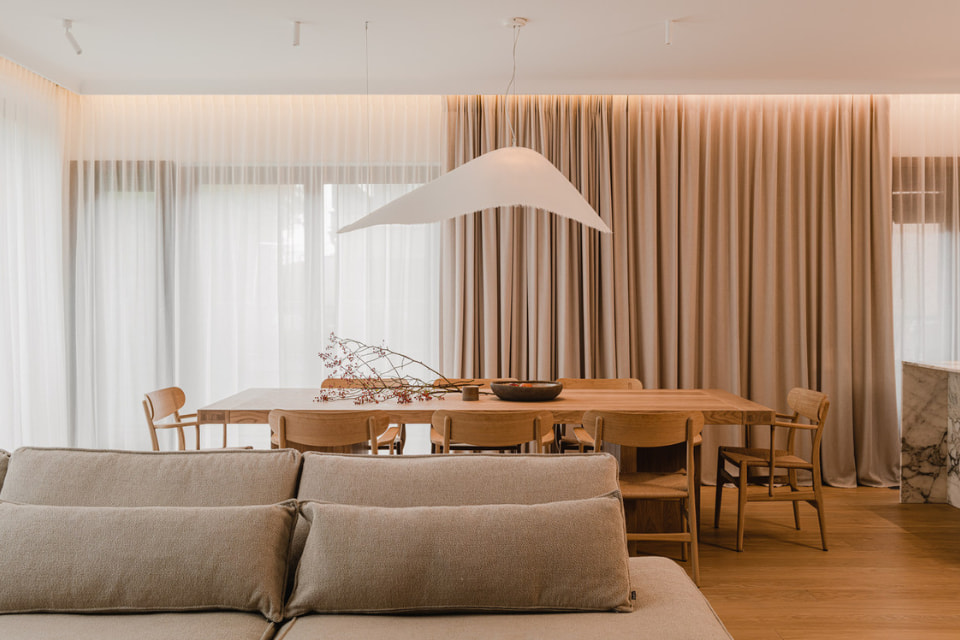
Moby dick
Choose the right color temperature
Color temperature refers to the color of light emitted by a light source and is measured in Kelvin (K).
The lower the Kelvin number, the warmer the color of the light, while the higher the Kelvin number, the colder the light will be. The color temperature has a significant impact on the atmosphere of an environment. A warm light creates a welcoming and relaxing atmosphere, ideal for comfort and relaxation in places such as the bedroom or living room. In contrast, a cool light can create a more lively and focused atmosphere, suitable for workplaces such as the office or kitchen.
To choose the right color temperature, the architect or interior designer will have to take into consideration a series of factors such as:
- The type of location;
- The luminous potential of the place, i.e. the presence or absence of natural light sources;
- The furnishing concept;
- The type of room and, consequently, the activities to which it is dedicated;
- The atmosphere desired by the client.
For environments that may require different atmospheres based on the time of day, an intelligent solution is to use dimmable solutions.
Consider natural light sources
In every lighting design project, you should keep in mind that the role of lighting in the design should be to use artificial light as a supplement and not as a replacement for natural light.
The professional's objective must, therefore, be to obtain the perfect integration between natural and artificial light.
Taking advantage of natural light to illuminate environments is an advantageous choice for your health, the environment, and your comfort. Intelligently integrating sunlight into the design of spaces can significantly improve the quality of life inside buildings.
The situation can be more complex when it comes to illuminating a room without windows or, in any case, where sunlight is scarce. Therefore, visual comfort will depend exclusively on artificial light.
The role of lighting in design: why is it important?
After having examined all the factors to consider in a lighting design project, let's now take a look at why the role of lighting in design is so fundamental.
The right light, combined with design, is able to make every type of setting and furnishing scenario more pleasant and comfortable, as well as more engaging on a visual and sensorial level. The choice of lights, their intensity, and color temperature can create a feeling of calm and relaxation in a bedroom or a lively and dynamic atmosphere in a commercial space. The right lighting can help communicate the desired mood.
Lighting is therefore a tool capable of completely changing the appearance of each location, and interior design professionals cannot avoid exploiting it in a strategic way.
It plays a crucial role in the design of environments as it influences the atmosphere, functionality, aesthetics, health, and safety. Careful lighting design takes these factors into account to create spaces that are beautiful, functional and welcoming.
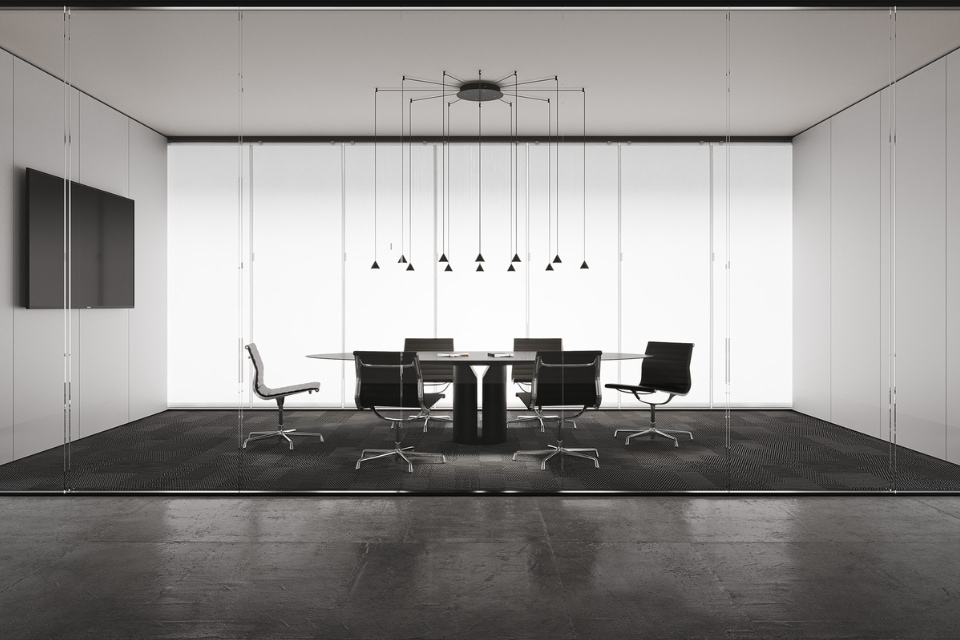
Filomena
1. Lighting allows you to manage the color of the environments
The use of lighting can emphasize or dampen the chromatic charge of the colors chosen to paint a room. Darker colors make rooms smaller and narrower, while light-colored walls instill exactly the opposite perception.
The illusion of space is defined by the light reflected on surfaces and walls. Some lighting fixtures contribute to amplifying this type of "perceptual illusion", further illuminating the walls.
Lighting plays a significant role in managing the color of environments, influencing the perception of colors, their liveliness, and the general atmosphere. Choosing and carefully controlling lighting are invaluable tools for creating the desired look within a space.
Furthermore, directional lighting, provided for example by track lights or suspension lights, can tone down the visual accent of the wall colors.
2. Aesthetics and functionality
As we have already said, the role of decorative lighting when designing an environment is to make an immediate style statement.
However, lighting takes on an equally fundamental role in regards to safety and functionality.
Choosing the right lighting does not just mean improving the aesthetics of a location and creating a mood. Above all, through lighting you can ensure visual comfort to make the environment welcoming, safe, and perfectly livable.
So, the choice of lighting fixtures suitable for a particular location should be made by taking both of these two factors into account.
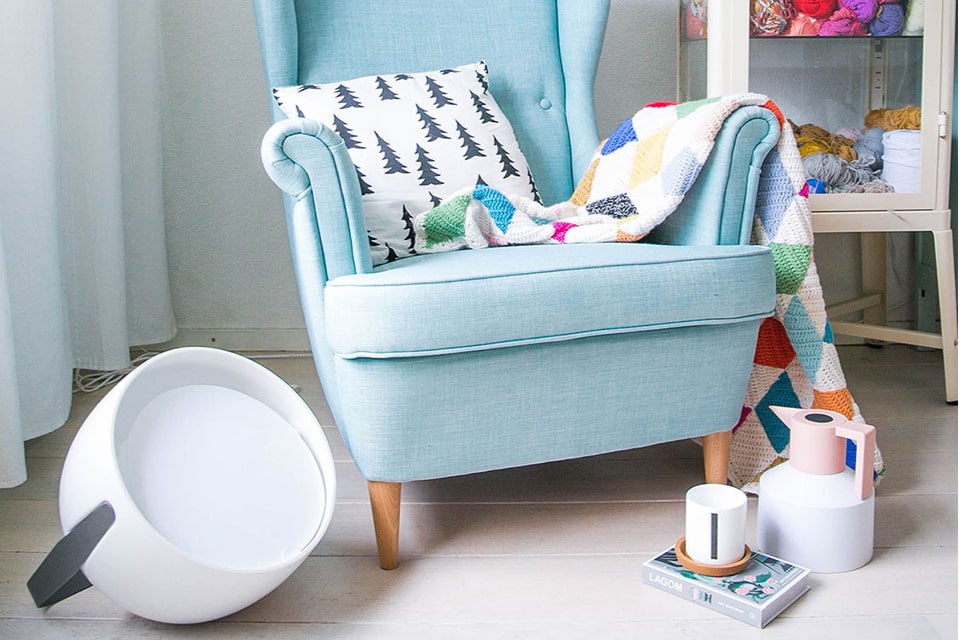
Bag
3. Expanding the spaces on a perceptive level
Natural and artificial lighting contribute equally to changing the perception of a space.
Fundamentally, the sensorial, visual, and emotional perception relating to the size and width of a room is defined by the light that reflects on the walls and floor. Some types of lamps amplify this feeling more.
For example, to illuminate a small room, ceiling lights or suspensions of suitable dimensions can be used. Made with transparent and reflective materials, they can be positioned in the center of the ceiling to uniformly illuminate the entire room and create a visually larger space.
Alternatively, wall lamps can be installed: in addition to being space-saving, they themselves become a precious furnishing element.
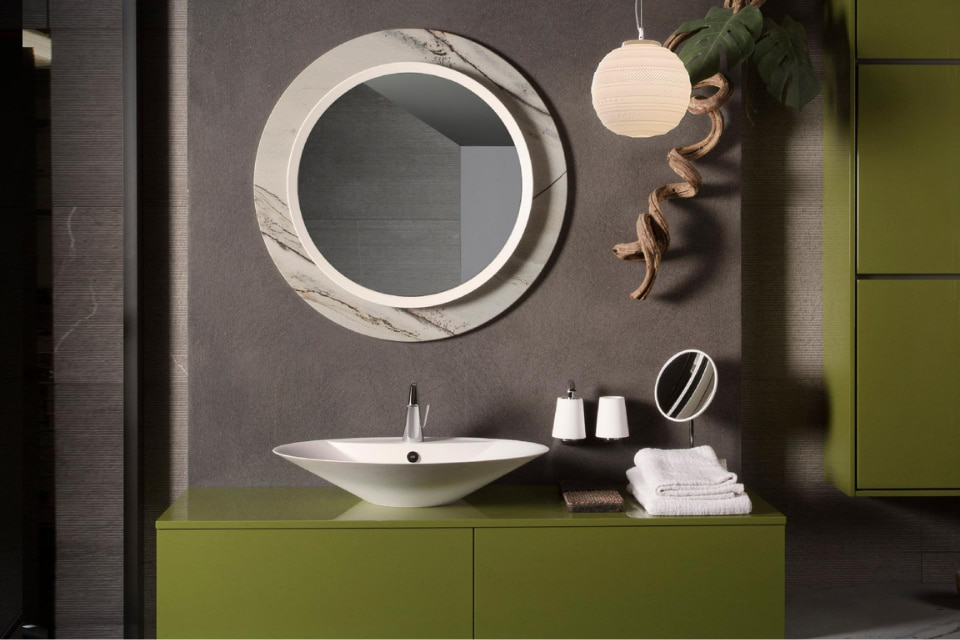
Braille
4. Fill every corner of the environment with light
As we have seen, the role of decorative lighting in design has two fundamentally important purposes.
First of all, it must try to make the furnishing context as attractive and welcoming as possible. Furthermore, it is necessary for it to provide uniform brightness throughout the room, illuminating the task stations and highlighting decorative and architectural elements.
Providing specific lamps for each lighting level to provide different brightness will allow you to emphasize every corner of the home or contract context and create unique scenographic effects.
Filling every corner of the environment with light requires careful planning and the use of different lighting techniques and solutions. The goal is to ensure that every part of the space is well lit, creating a comfortable and functional environment.
5. Change the mood and atmosphere of the environment
Lighting is absolutely fundamental for good interior design. In fact, it is capable of defining and changing the perception of the atmosphere, the mood of those who live there, and the way in which that particular space is used.
Good lighting goes far beyond choosing a lamp that has an attractive design. The role of lighting in the design of an environment is, rather, to offer quality and technique for emotional lighting.
Create an environment where people who experience it feel completely at ease, wrapped, as in a warm embrace, with the different and seductive shades of light.
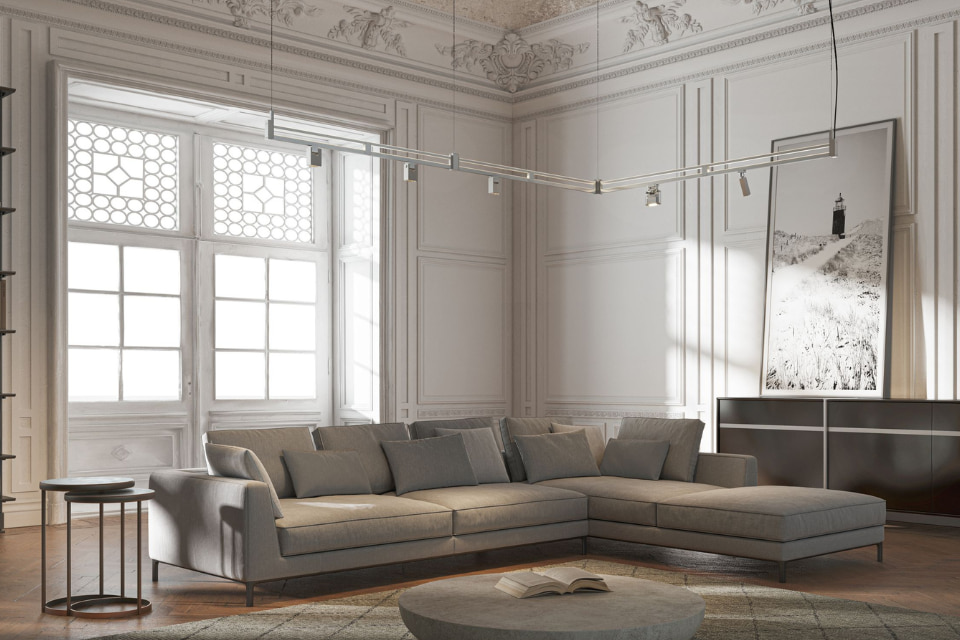
Airtek One
What is the role of lighting in an environment?
In this article, we have seen the fundamental role of lighting in the design of an environment and the main visual and perceptive effects that light is able to arouse. It amplifies the sensations of comfort and beauty of a specific residential or contract context.
Therefore, a successful interior design project cannot ignore an equally accurate lighting project.
For this to happen, the lighting design project will have to take into account a variety of factors: the main lighting levels, the balance between natural and artificial light, and between decorative and technical lighting. Furthermore, the necessary lumens, the choice of the right color temperature, and the overall mood of the location must be considered.
It will also be fundamental to select different types of designer lamps, chosen ad hoc for the project, as well as strategically taking care of their positioning.
The right lighting is the one in which style and functionality combine perfectly, giving a new and welcoming look to every environment, and where mind and body are equally involved in an ever different visual and multisensory experience, since each location has a unique and unrepeatable type of atmosphere.





